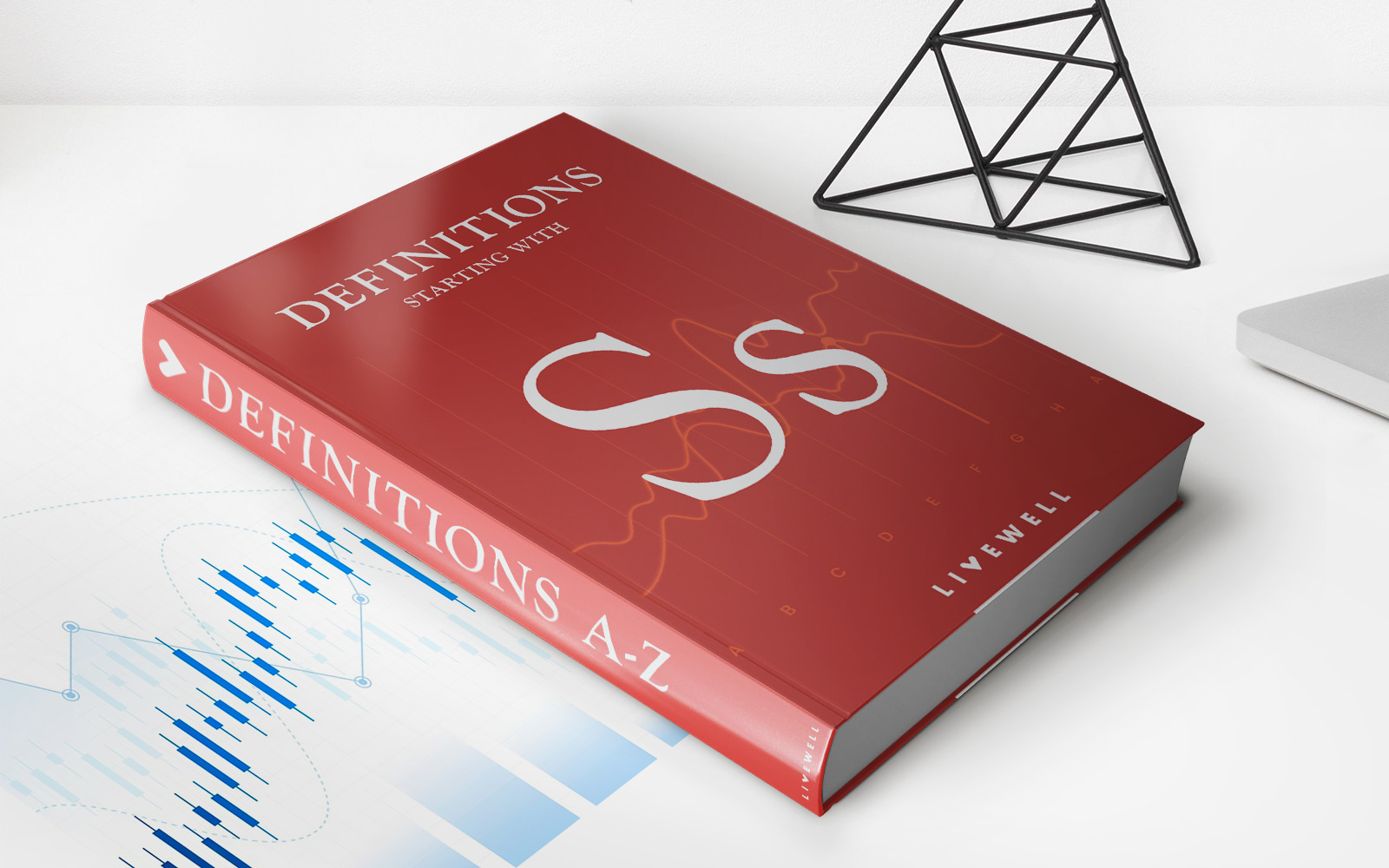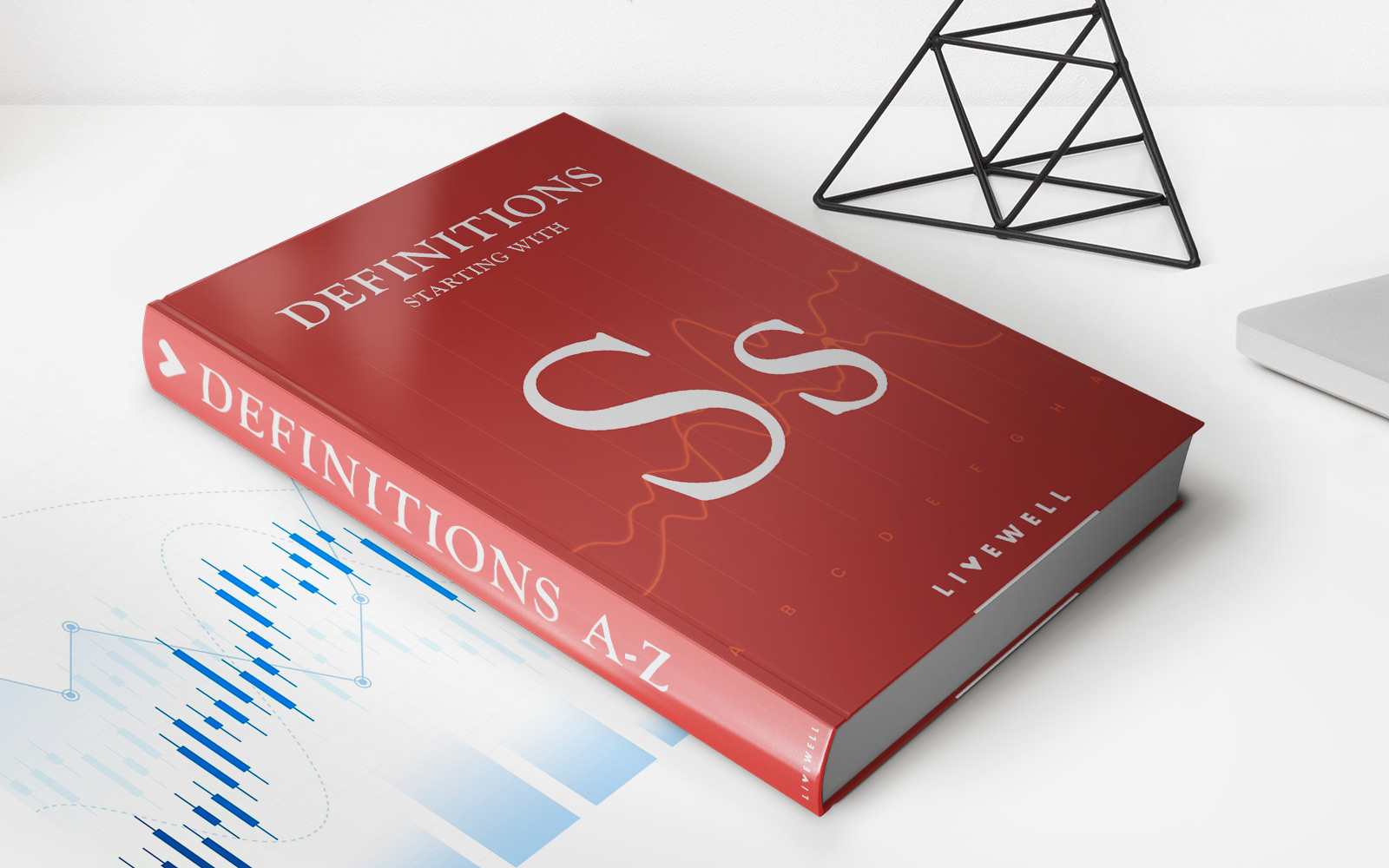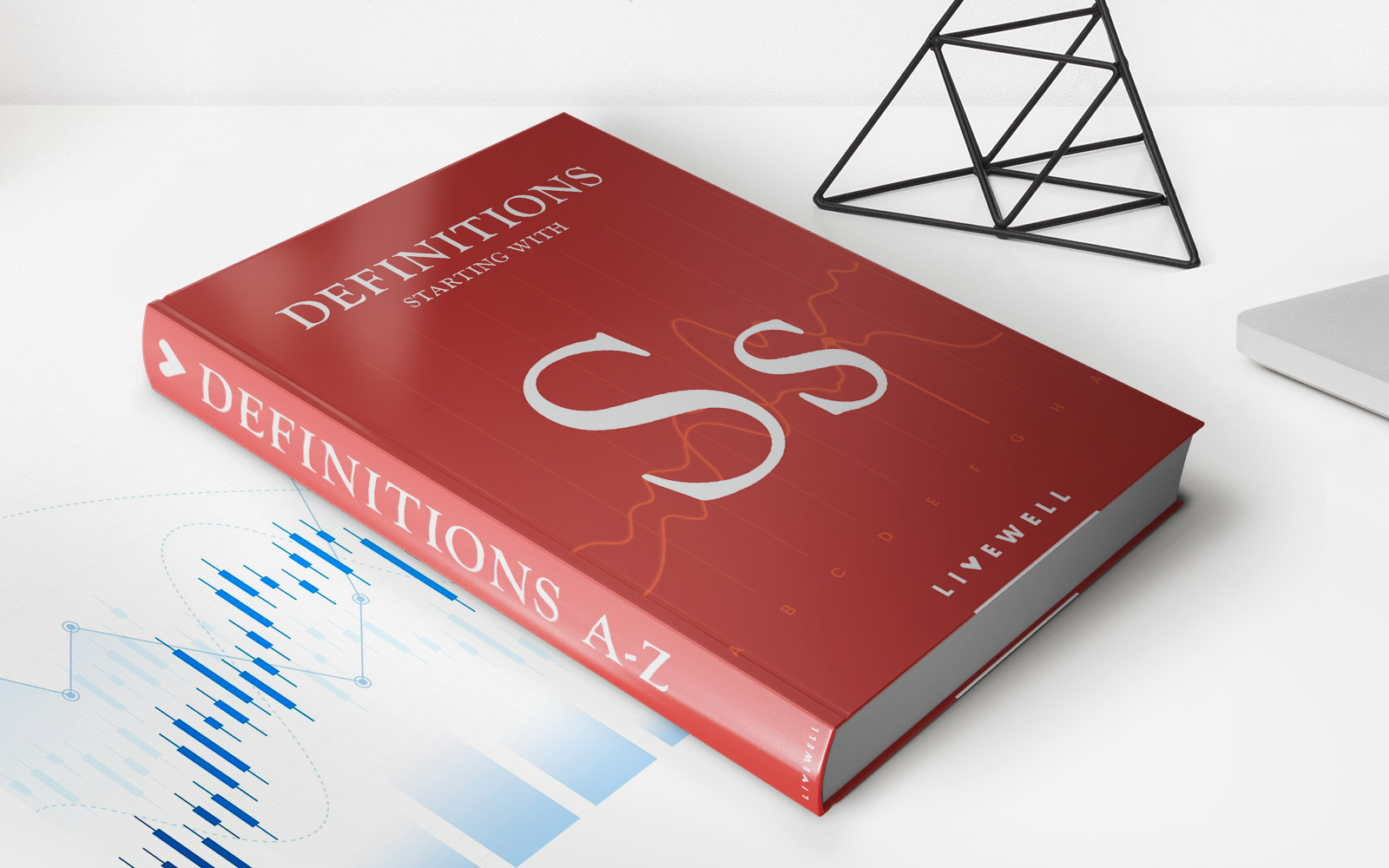

Finance
Buy, Strip And Flip Definition
Published: October 21, 2023
Looking to buy, strip, and flip in the world of finance? Discover the definition and strategies for success in this lucrative field.
(Many of the links in this article redirect to a specific reviewed product. Your purchase of these products through affiliate links helps to generate commission for LiveWell, at no extra cost. Learn more)
Understanding the Buy, Strip, and Flip Strategy in Finance
Welcome to the FINANCE category of our blog, where we explore various topics and strategies related to the world of finance. In this post, we will dive into the concept of Buy, Strip, and Flip and how it fits into the broader finance landscape.
What is Buy, Strip, and Flip?
Buy, Strip, and Flip is a term commonly used in finance to describe a specific investment strategy. The concept involves purchasing a company, restructuring it by stripping away non-core assets or divisions, and then selling off the remaining parts to generate a profit.
This strategy primarily focuses on finding undervalued companies with potential for improvement. By identifying opportunities for streamlining operations, reducing costs, and maximizing profitability, investors aim to capitalize on the value created through the restructuring process.
Key Takeaways:
- Buy, Strip, and Flip is an investment strategy focused on purchasing undervalued companies, restructuring them, and selling off the remaining parts.
- The strategy aims to generate profit by improving the financial performance of the acquired company through cost reduction and operational efficiency.
The Buy, Strip, and Flip strategy can be a lucrative approach in the finance world, but it’s essential to understand the potential risks and considerations associated with it.
Why Invest using the Buy, Strip, and Flip Strategy?
Investors may choose to utilize the Buy, Strip, and Flip strategy for several reasons:
- Opportunity for Value Creation: The strategy provides an opportunity to identify undervalued companies and unlock their potential value through restructuring efforts. By streamlining operations and divesting non-core assets, investors can maximize profitability and generate a substantial return on investment.
- Flexibility and Control: Investors who employ this strategy have the advantage of actively participating in the restructuring process. This level of control allows them to make crucial decisions to improve the company’s financial performance, making it an appealing choice for those seeking a hands-on approach to investing.
- Market Opportunities: In certain economic conditions, there can be an abundance of undervalued companies that present attractive investment opportunities. The Buy, Strip, and Flip strategy allows investors to take advantage of these situations and potentially benefit from market inefficiencies.
- Expertise and Knowledge: Successful implementation of the Buy, Strip, and Flip strategy requires a deep understanding of finance, operations, and industry-specific dynamics. Investors with expertise in these areas are more likely to identify suitable investment opportunities and execute the necessary restructuring effectively.
As with any investment strategy, it’s crucial to conduct thorough research, perform due diligence, and consult with financial experts before implementing the Buy, Strip, and Flip approach.
In Conclusion
The Buy, Strip, and Flip strategy is a distinctive investment approach that focuses on acquiring undervalued companies, restructuring them, and selling off the remaining parts to generate profit. It offers the potential for value creation, flexibility, and control for investors seeking hands-on involvement in their investments.
While the strategy can be highly profitable, it’s important to proceed with caution and seek professional guidance to mitigate risks and maximize the chances of success.














